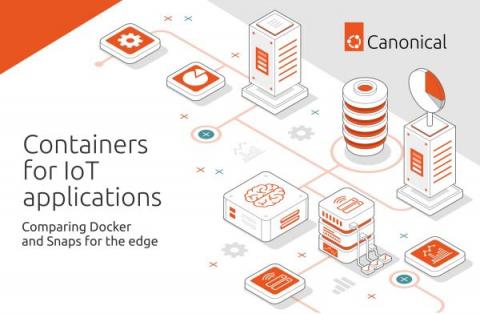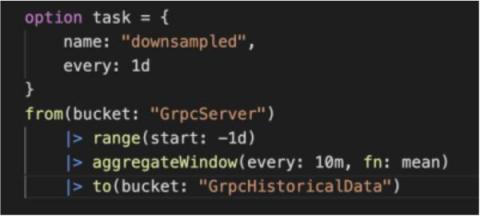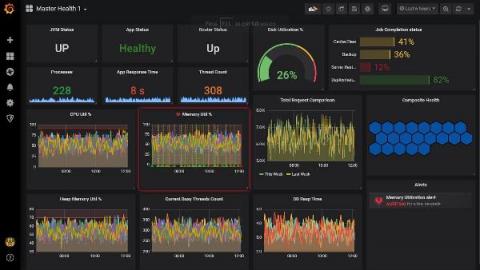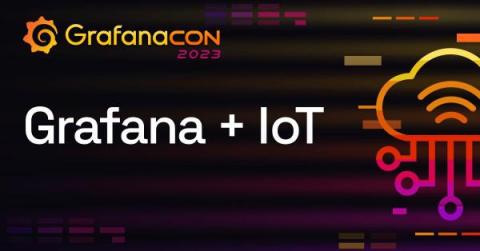Zephyr Deep Dive: Ring Buffers
Zephyr includes many built-in features like stacks for networking and BLE, Flash storage APIs, and many kernel services. These components allow you to quickly get up and running with a project and maintain less code! Taking advantage of these is a huge win for small firmware teams and was a huge motivation in bringing Zephyr to my teams. This post covers Zephyr’s built-in ring buffer API, a component commonly used in producer-consumer scenarios.








